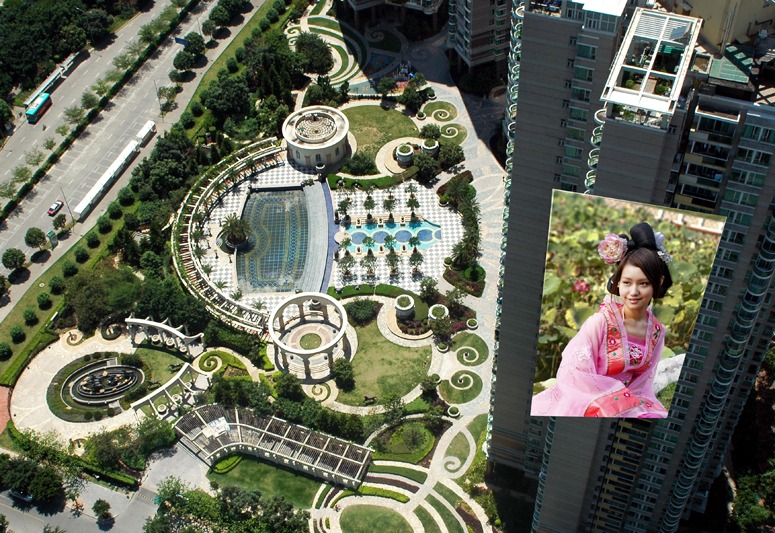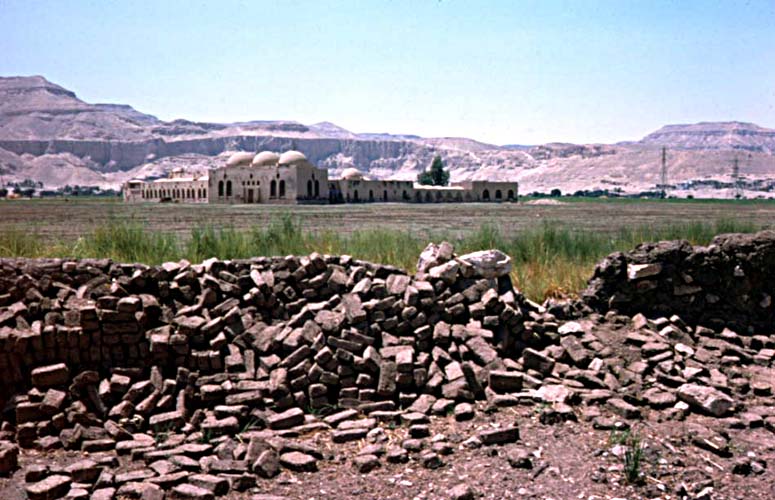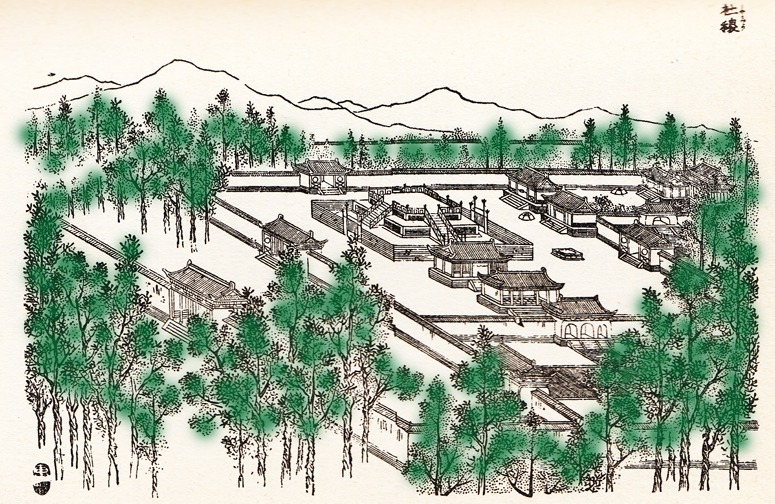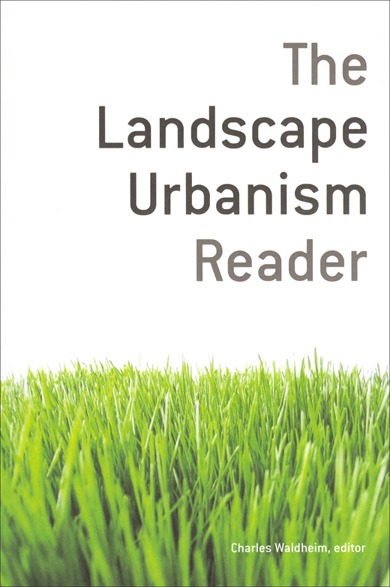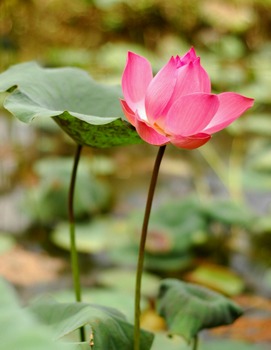
Nelumbo nucifera, the Sacred Lotus, is an important symbol in Asian gardens
Zen Buddhism grew from the Flower Sermon and thus from the growing habit of the Sacred Lotus, Nelumbo nucifera. Towards the end of his life, the Buddha took his disciples to a pond, possibly in the Jetavana. They were expecting a sermon but the Blessed One only pulled a lotus flower from the waters and held it before them, its roots dripping mud. Holding it before Mahakashyapa, he told the group:
‘What can be said I have said to you. What cannot be said, I have given to Mahakashyapa.’
Mahakashyapa became Buddha’s successor. The Sacred Lotus has importance in Buddhism because it grows from murky waters and struggles to raise its pure and beautiful flower into the sunlight, with the lesson that humans should do likewise. Asians thought this was a truth worthy of contemplation – leading to Zen Buddhism. The lotus was also a sacred flower in Ancient Egypt and, probably through the influence of Buddhism, became sacred in China, Japan and South East Asia.
Perhaps we will be able to grow the lotus outdoors in London when global warming has gone a little further – but the winter of 2009-10 is not pointing in this direction. Meanwhile, I am wondering if I could rig up a solar panel to keep a tub warm enough for the lotus. But we would need more sunlight for this to work.

